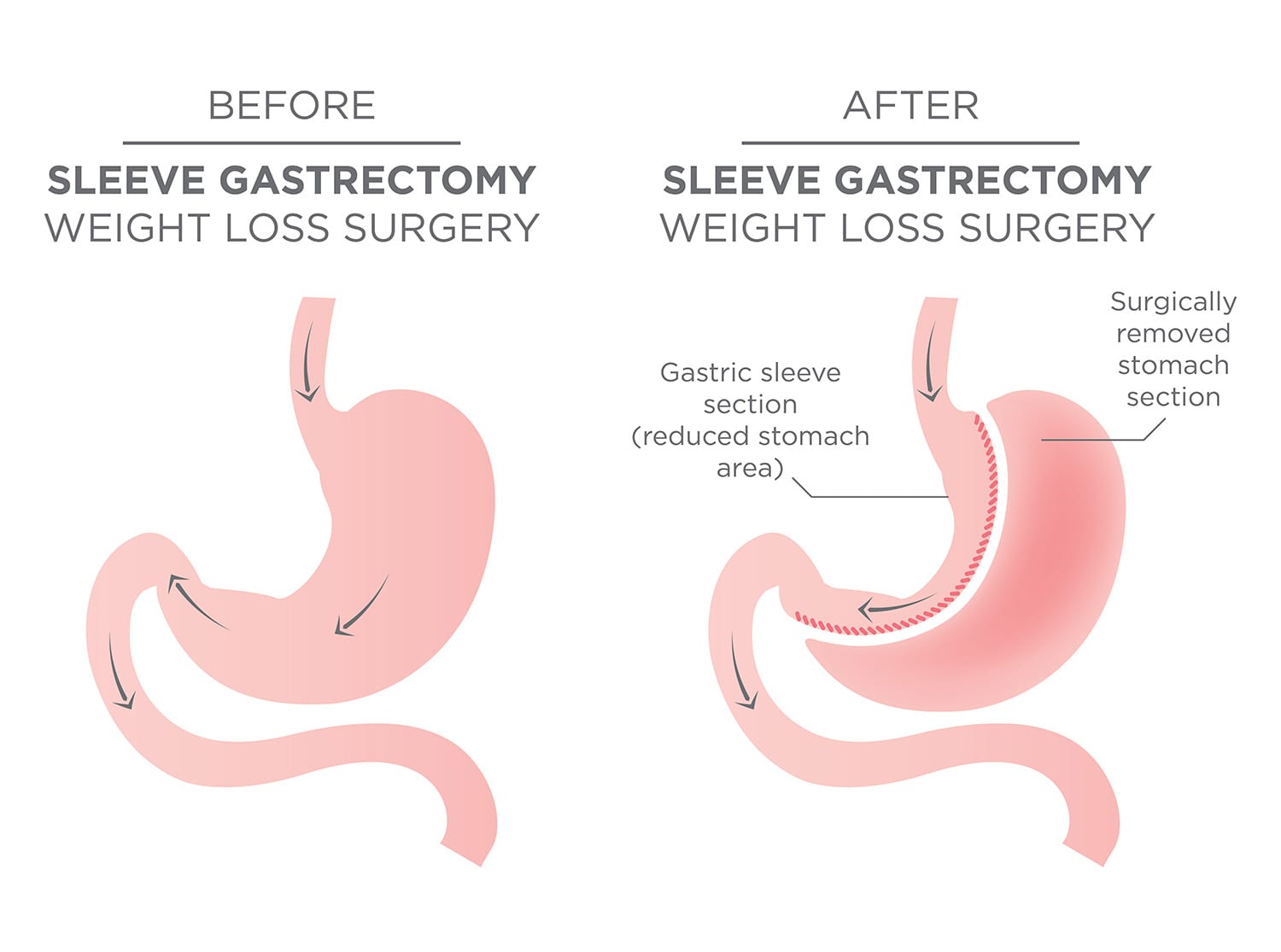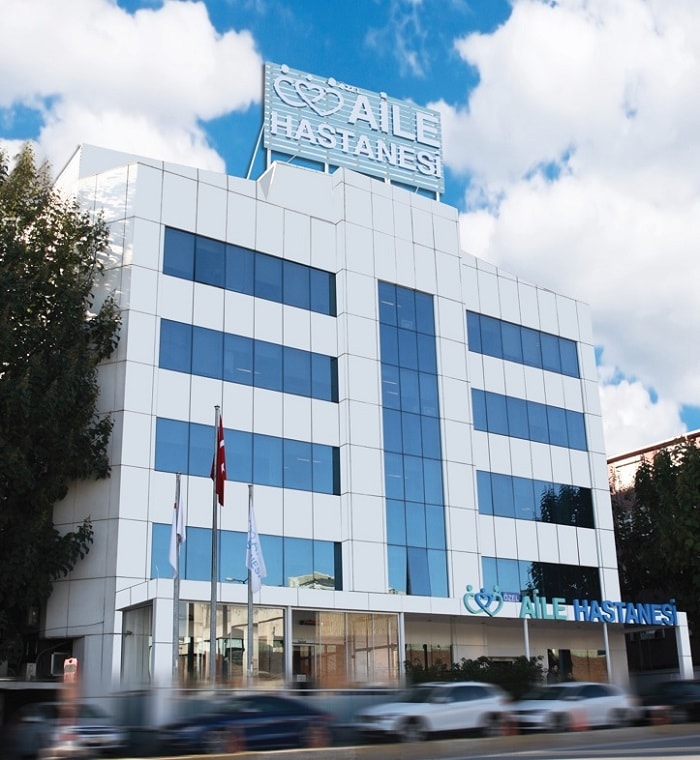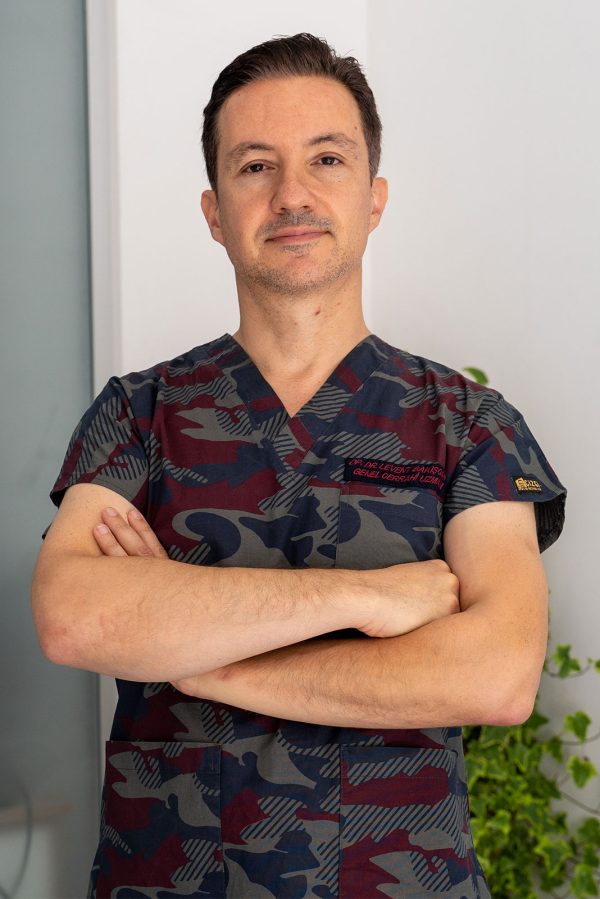Description
Sleeve gastrectomy, also known as vertical sleeve gastrectomy, is a surgical weight-loss procedure. It involves removing about 75-80% of the stomach, leaving a tube-shaped stomach about the size and shape of a banana12. This procedure is typically performed laparoscopically, which involves small incisions and the use of a camera and instruments.
Types of Sleeve Gastrectomy
There is essentially one main type of sleeve gastrectomy, but it can be performed using different surgical techniques, such as:
- Laparoscopic Sleeve Gastrectomy: The most common method, involving small incisions and a camera.
- Robotic Sleeve Gastrectomy: Uses robotic systems to assist the surgeon, providing more precision.
Detailed Information
Familiarity with Treatment
Sleeve gastrectomy is a well-established procedure for treating obesity and related health conditions. It is one of the most commonly performed bariatric surgeries worldwide3.
Procedure
- Preparation: Patients undergo pre-operative evaluations, including nutritional and psychological assessments.
- Surgery: Under general anesthesia, the surgeon makes small incisions in the abdomen. About 75-80% of the stomach is removed, leaving a narrow tube or “sleeve.”
- Duration: The surgery typically takes about 60-90 minutes1.
- Hospital Stay: Patients usually stay in the hospital for a few days1.
Who is it Suitable For?
- Individuals with a Body Mass Index (BMI) of 40 or higher (extreme obesity).
- Those with a BMI of 35-39.9 and serious weight-related health problems, such as type 2 diabetes, high blood pressure, or severe sleep apnea2.
- In some cases, individuals with a BMI of 30-34 and serious weight-related health issues may also qualify2.
Who is it Not Suitable For?
- Individuals with certain medical conditions that increase surgical risk.
- Those who are not committed to making long-term lifestyle changes.
- Patients with untreated mental health conditions that could interfere with post-surgery care.
Advantages
- Significant weight loss.
- Improvement or resolution of obesity-related conditions such as type 2 diabetes, high blood pressure, and sleep apnea2.
- Reduced appetite due to decreased production of the hunger hormone ghrelin4.
- Minimally invasive with a relatively quick recovery time.
Complications
- Short-term risks: Excessive bleeding, infection, adverse reactions to anesthesia, blood clots, lung or breathing problems, leaks from the cut edge of the stomach2.
- Long-term risks: Gastrointestinal blockage, hernias, gastroesophageal reflux, low blood sugar (hypoglycemia), malnutrition, vomiting2.
Previous Care
- Pre-operative: Nutritional counseling, psychological evaluation, and possibly a pre-surgery diet to reduce liver size.
- Lifestyle Changes: Patients are often required to start a physical activity program and stop smoking.
Aftercare
- Diet: Gradual reintroduction of foods, starting with liquids and progressing to solid foods over several weeks.
- Monitoring: Regular follow-ups with healthcare providers to monitor weight loss, nutritional intake, and overall health.
- Lifestyle: Commitment to a healthy diet and regular exercise is crucial for long-term success.










Reviews
There are no reviews yet.